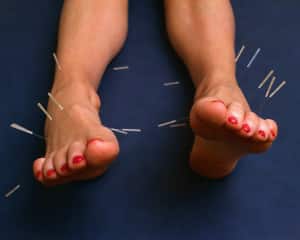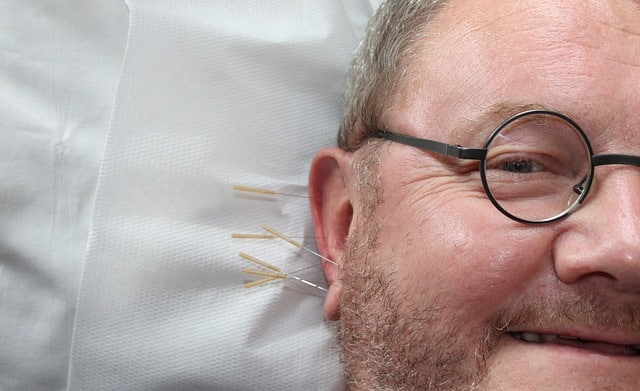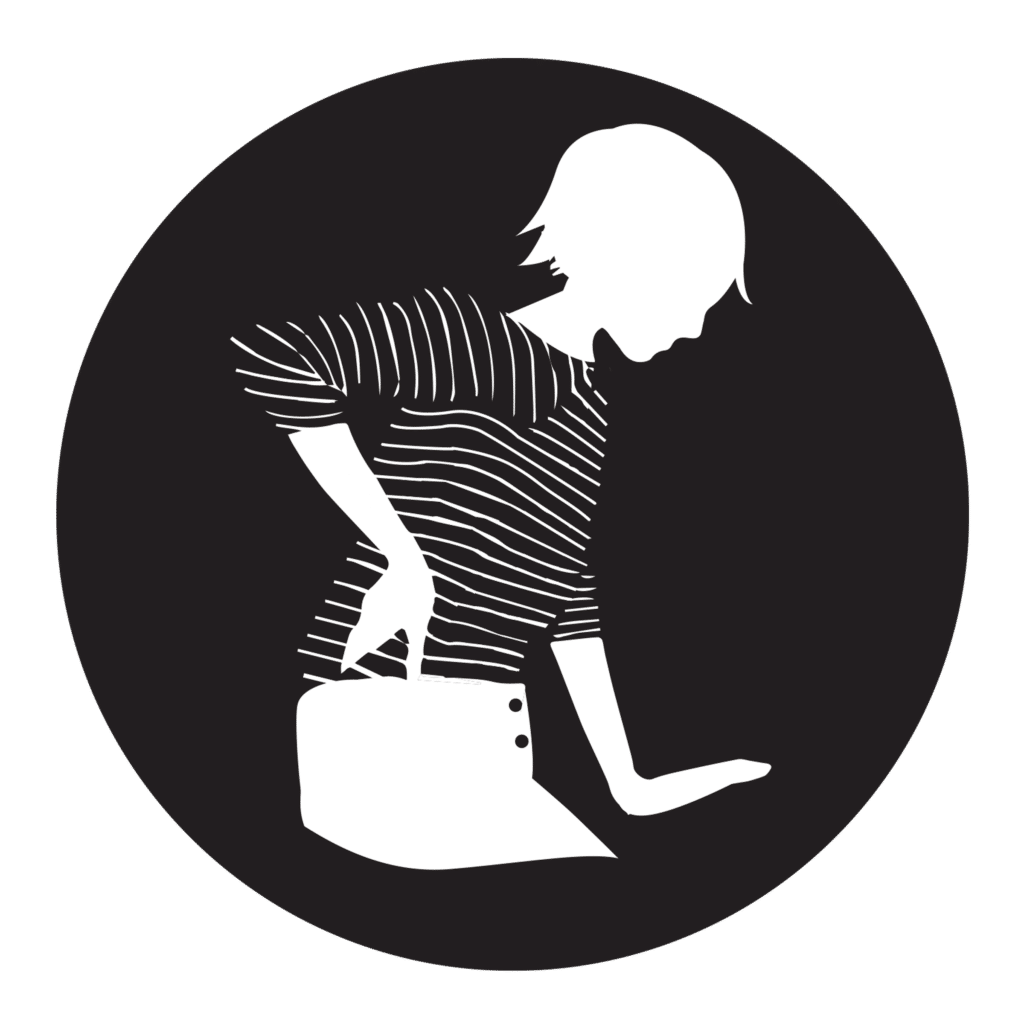Pain is a condition many people across the globe deal with daily. While a lot of people turn to conventional Western medicine for a solution, this often creates another more serious problem, which is addiction to pain medication. For this reason, more people and institutions, like the Department of Veterans Affairs (VA), have started integrating therapies, such as acupuncture, for pain management with great success. This started a new trend of some of the bigger insurance companies, like Aetna, UnitedHealthcare and Cigna, including acupuncture in their list of covered benefits. Check your insurance here.
Medicare and Medicaid Health Insurance Covers Acupuncture!
Medicaid programs expanded coverage after an opioid task force urged officials to explore alternative pain therapies. In 2020, Medicare began covering acupuncture as a treatment for lower back pain. Medicare Part B (medical insurance) covers up to 12 acupuncture visits in 90 days for chronic low back pain. If the patient shows improvement, eight additional sessions can be granted.
Many people are discovering alternatives to opioids with complementary and alternative medicine (CAM). Within CAM, one will find the 2,200-year-old practice of Traditional Chinese Medicine (TCM)—a practice becoming so popular and replacing older pain therapies so effectively, even VA hospitals are starting to use this almost exclusively for pain patients.
What is Traditional Chinese Medicine (TCM)?

So, what is TCM? This is a broad term that covers many different modalities, including (but not limited to) acupuncture, herbal medicine, cupping, gua sha, tui na, qigong, moxibustion and therapeutic bleeding. TCM practitioners can use the many tools in their toolbox to assist patients with not only chronic pain but also acute conditions. TCM practitioners come in all forms, from straight herbalists or acupuncturists to both combined, with varying education levels, from a master’s degree to a doctorate. To ensure one sees a board-certified licensed practitioner, the National Certification Commission for Acupuncture and Oriental Medicine’s website, nccaom.org, has a search tool where one can find a reliable list of these in their area.
The most common pain an acupuncturist will deal with is back pain—more specifically, lower back pain. Studies have shown that acupuncture can be great for nerve pain and can even help to restore damaged nerves, ending pain for good rather than masking it with a “pain reliever.” This is done via acupuncture needles stimulating blood flow to damaged areas, and thusly restoring nerves. So, a patient can come in with pain anywhere, and a TCM doctor can provide respite without any of the unwanted side effects that come with either over-the-counter, opioid or benzodiazepine medications.
Every treatment has expected side effects, so what are the side effects of TCM? This depends on the modality used to bring relief. If acupuncture is utilized, soreness at the insertion site can take place and sometimes bruising; however, the number one side effect of acupuncture is drowsiness and a good night’s sleep, which leads many patients to also know that acupuncture is a great remedy for chronic insomnia and other sleep-related issues. If herbs are used as directed for patients, there should be minimal issues besides the herbs’ desired effect, and sometimes this means detoxification, or, in other words, extra elimination of waste from the body. Cupping, as the world witnessed with former U.S. Olympic swimmer Michael Phelps and other stars, can create purple circular bruises (though they are more like hickeys) on the area that has been cupped. Most often there will be no negative side effects.
What are the other uses for TCM?
A better question would be, “What can TCM not do?” Sleep and pain have already been discussed, but the intake for most practitioners is so thorough, nearly all patient issues can be addressed (though not always cured) in a single visit. A well-versed acupuncturist can wield needles like an extension of his or her own body. A wise herbalist can predict what a patient’s tongue or pulse might be like just from hearing the patient’s chief complaints and can match an herb or formula to them before the intake is complete. From allergies and asthma to urinary tract infections and everything in between, TCM has something for everyone.
So, if TCM is so versatile for so many issues across the board, why do most people not know about it from their doctors? This is the unfortunate rub in the United States: The gold standard for practices here is the placebo-controlled double-blind study, which is difficult to do with acupuncture, specifically as it is truly an individualized treatment.
Acupuncture gets to play the poster child for TCM practices in the way that it is likely the most common modality used with patients, and therein is the sticky wicket. Patients likely will not receive all the same points prescription as one another, and even if they were to receive them as such, there is no guarantee their bodies would respond 100 percent the same way to the needles.
Much like the side effects, some may feel very drowsy, some might have soreness at the insertion site, and some may feel no side effect at all. If even the side effects can vary so dramatically from person to person, how does one expect the same results to occur when being needled as the next person? The U.S. standard for studies also involves understanding or pinpointing a mechanism of action of the modality being used. While this may be more possible with herbs, acupuncture still is somewhat of a mystery to current scientific standards. This is likely why one may not hear about how great acupuncture can be from their doctor (even when it is!) just because they cannot prove how or why it is. In the estimation of many TCM practitioners, this is equivalent to not understanding Spanish and thusly believing all Spanish speakers to be speaking gibberish because they do not understand this different language.
So, the next time stress, irritable bowel syndrome, eczema, depression, hypertension, arthritis or a host of other conditions start to get the better of us, call us to schedule your appointment…
Call us for an appointment today:
(602)307-0888
Fax (602)307-1002
M. Fontes, DAChM, LAc, CCH, is the clinic director at Natural Medicine & Detox, where he supervises doctorate students from the Phoenix Institute of Herbal Medicine & Acupuncture (PIHMA). Marjan Klaassen is a 2021 fall doctoral candidate at PIHMA.




